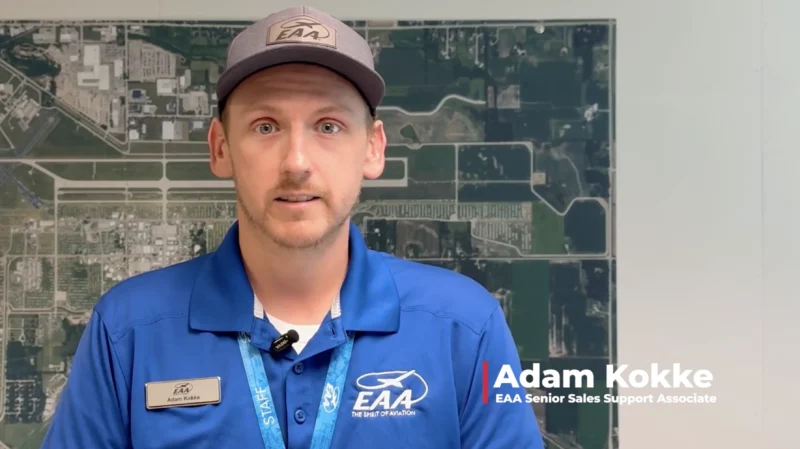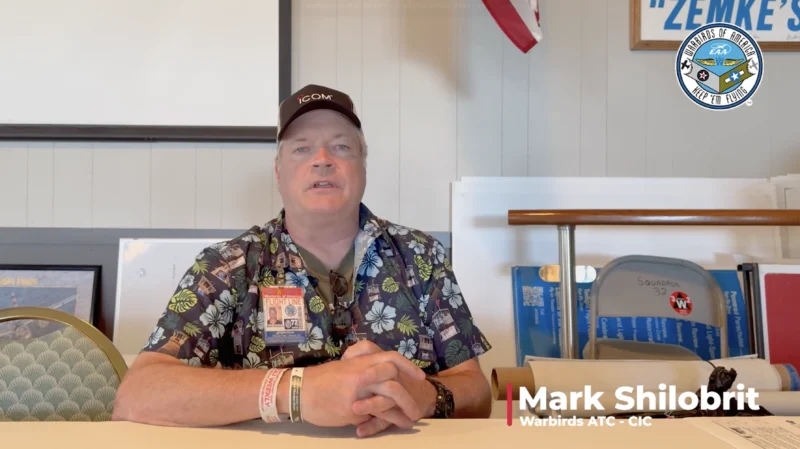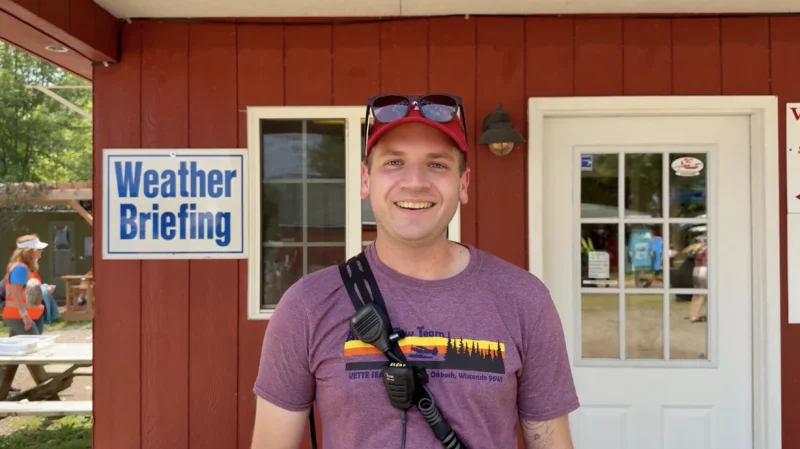Clear Signals, Safe Waters: Why Icom Radios are Key to Seamless Seaplane Operations at AirVenture 2025
At the heart of EAA AirVenture 2025, the Seaplane Base offers a unique glimpse into aviation’s most delicate dance—where water and air meet. Unlike traditional runways, this floating airfield demands a constant balance of precision, coordination, and communication. Here, pilots don’t just rely on their own skill; they depend on an entire team of volunteers who quietly orchestrate every movement from dock to open water.
The unsung backbone of this operation is communication. With dozens of aircraft and tow boats moving at once, the potential for confusion is high. That’s where Icom radios come in—bridging land and water operations in real time. These radios allow volunteers like tow boat drivers to connect seamlessly with ground crews, dock teams, and pilots, ensuring every aircraft transition remains smooth and safe. It’s a system that functions like a control tower on water, giving structure to an environment where unpredictability is always a factor.
Managing seaplanes during a major airshow isn’t just about moving airplanes; it’s about managing risk, anticipating problems, and ensuring no detail slips through the cracks. Volunteers are constantly listening, adjusting, and communicating—often improvising solutions that keep operations fluid despite the challenges of wind, waves, and weather.
For a behind-the-scenes perspective on how this all comes together, few voices are better suited than Jim Zirbel, volunteer tow boat driver at the EAA Seaplane Base, who shares firsthand how Icom radios keep the seaplane zone safe, connected, and efficient.



